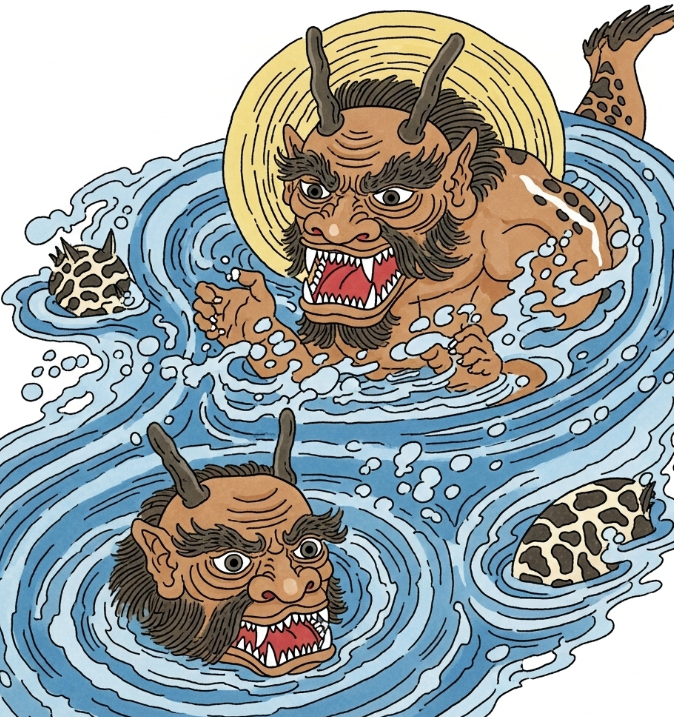In the tapestry of ancient Chinese civilization, few materials held such profound spiritual and social resonance as jade. Known as yu (玉) in Chinese, jade was far more than a beautiful ornamental stone — it was revered as the “Stone of Heaven,” embodying ideals of purity, immortality, moral integrity, and cosmic harmony. For millennia, jade permeated every aspect of life, from ritual and burial customs to imperial authority and philosophical thought.
Jade as a Spiritual Conduit
In ancient China, jade was believed to possess protective and transcendent qualities. As early as the Neolithic period, jade objects — meticulously carved into bi disks and cong tubes — were used in rituals to communicate with heaven and the spirit world. These ceremonial artifacts, often buried with the dead, were thought to safeguard the soul and ensure a smooth passage to the afterlife.
Taoist traditions later embraced jade as a symbol of immortality and incorruptibility. Jade amulets were worn to ward off evil and disease, while jade burial suits — intricate suits of hundreds of jade plaques sewn together with gold or silver thread — were crafted for Han dynasty royalty to preserve the body and spirit eternally.
A Symbol of Moral Virtue
Confucian philosophy elevated jade to a powerful moral metaphor. Confucius himself praised jade for embodying the five cardinal virtues: benevolence (ren), righteousness (yi), wisdom (zhi), propriety (li), and integrity (xin). Its smooth yet strong nature was likened to a gentleman’s character — resilient, unyielding to corruption, yet gentle and harmonious.
This moral symbolism influenced Chinese elite culture deeply. Jade pendants, plaques, and seals became badges of scholarly refinement and high moral standing, signifying that the wearer aspired to the Confucian ideal of the noble person, or junzi.
Jade and Imperial Power
Jade was also inseparably linked to political authority. Jade tablets and ritual scepters, known as gui and zhang, were used in court ceremonies and as emblems of sovereign power. The possession of jade objects signified legitimacy and heavenly mandate, reinforcing the ruler’s divine connection and right to govern.
Ancient texts, such as the Book of Rites (Li Ji), recorded elaborate protocols for presenting jade gifts to emperors and dignitaries. These precious offerings cemented alliances, honored ancestors, and underscored the virtue of the ruling class.
Enduring Cultural Legacy
Even after thousands of years, jade continues to captivate Chinese culture and identity. Its symbolism persists in modern jewelry, art, and ceremonial objects. To this day, jade is gifted at significant life events — weddings, births, and milestone birthdays — to bestow blessings of health, longevity, and harmony.
The ancient Chinese belief that “gold has a price, but jade is priceless” eloquently captures its enduring value: jade transcends material worth to embody the highest ideals of spiritual beauty and moral excellence.
In essence, jade in ancient China was more than adornment — it was a living philosophy, a cosmic link, and a timeless testament to the civilization’s profound reverence for nature, virtue, and the eternal cycle of life.






